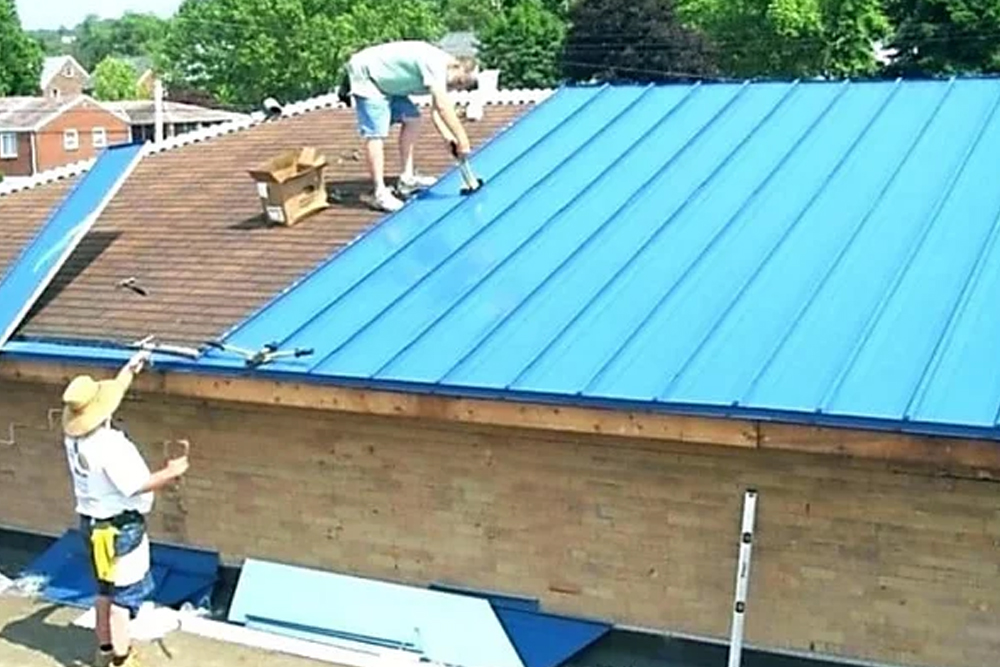Roof Waterproofing in the United Kingdom — Practical Solutions for Long-Lasting Protection
Effective roof waterproofing is essential for homes and buildings across the UK’s varied climate. This guide explains key methods such as liquid membranes, bitumen coatings, and modern sealant systems, highlighting how each helps prevent leaks and structural damage. Readers will learn about routine inspections, drainage considerations, and the importance of professional installation to extend roof lifespan. With clear, practical information and no exaggerated claims, the article helps homeowners and property managers plan maintenance that protects their investment year-round.

Common Waterproofing Methods for UK Roofs
The British climate demands robust waterproofing solutions for various roof types. Liquid waterproofing membranes provide seamless coverage and are particularly effective for flat roofs. Built-up felt systems remain a traditional choice, offering multiple layers of protection. EPDM rubber membranes deliver durability and flexibility, while PVC membranes offer strong resistance to UV radiation and environmental factors. Each method suits different roof configurations and requirements.
Safety and Environmental Aspects of Roof Waterproofing
Professional roof waterproofing requires strict adherence to safety protocols and environmental considerations. Workers must use appropriate fall protection equipment and follow HSE guidelines for working at height. Modern waterproofing materials increasingly focus on environmental sustainability, with low-VOC options and recyclable components becoming more common. Some systems even contribute to energy efficiency by reflecting solar radiation and reducing heat absorption.
Application Process and Maintenance Requirements
A successful roof waterproofing project begins with thorough surface preparation, including cleaning and repairs to the existing structure. The application process typically involves multiple layers, starting with primers and ending with protective coatings. Regular maintenance inspections, typically conducted twice yearly, help identify potential issues before they develop into serious problems. Property owners should schedule professional assessments after severe weather events.
Installation Costs and Provider Comparison
The investment in roof waterproofing varies based on several factors, including roof size, chosen method, and location within the UK. Here’s a comparative overview of common waterproofing solutions:
| Waterproofing Method | Average Cost per m² | Typical Lifespan |
|---|---|---|
| Liquid Membrane | £30-£60 | 15-20 years |
| EPDM Rubber | £35-£70 | 20-30 years |
| Built-up Felt | £40-£80 | 15-25 years |
| PVC Membrane | £45-£90 | 20-30 years |
Prices, rates, or cost estimates mentioned in this article are based on the latest available information but may change over time. Independent research is advised before making financial decisions.
Long-term Benefits and Protection
Properly executed roof waterproofing provides multiple advantages beyond basic water protection. These include increased property value, reduced energy costs through better insulation, and prevention of structural damage. The initial investment typically results in significant savings by avoiding costly repairs and extending the roof’s serviceable life. Professional waterproofing also helps prevent the growth of mould and mildew, contributing to better indoor air quality.
Choosing Professional Installation Services
Selecting qualified contractors for roof waterproofing ensures proper application and lasting results. Professional installers should hold relevant certifications and provide warranties for both materials and workmanship. It’s advisable to verify credentials through recognized industry bodies and request references from previous projects. Local building regulations and planning requirements may also influence the choice of waterproofing method and installer qualifications.
The effectiveness of roof waterproofing depends on proper material selection, professional installation, and regular maintenance. Understanding these factors helps property owners protect their buildings while complying with UK construction standards and environmental requirements. Regular inspections and timely repairs ensure the waterproofing system continues to perform effectively throughout its expected lifespan.




